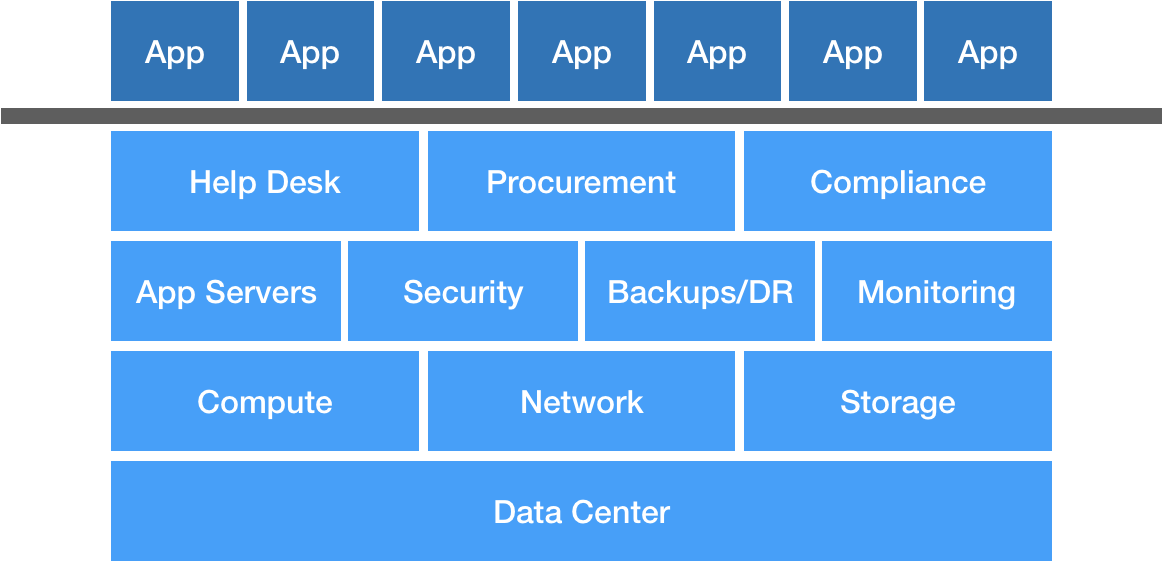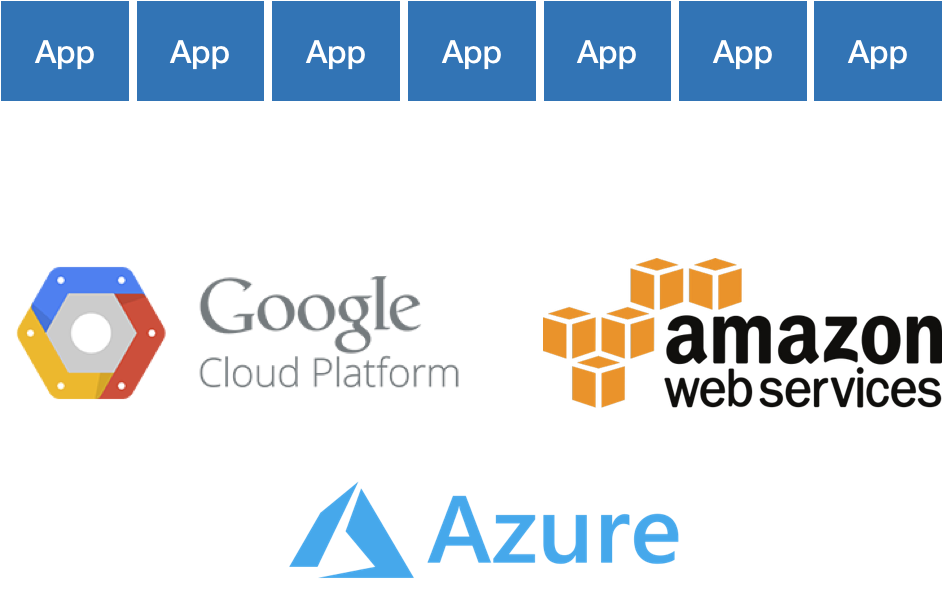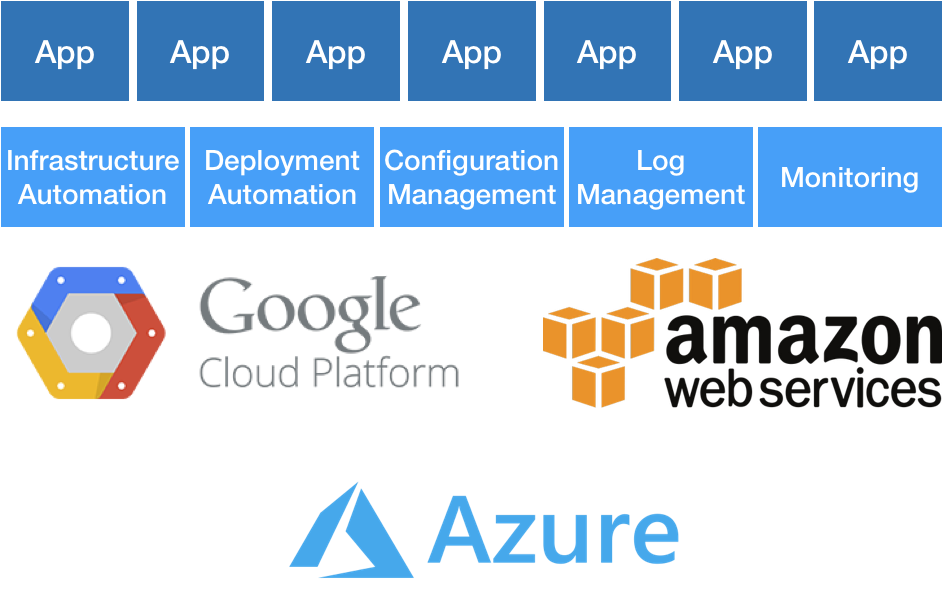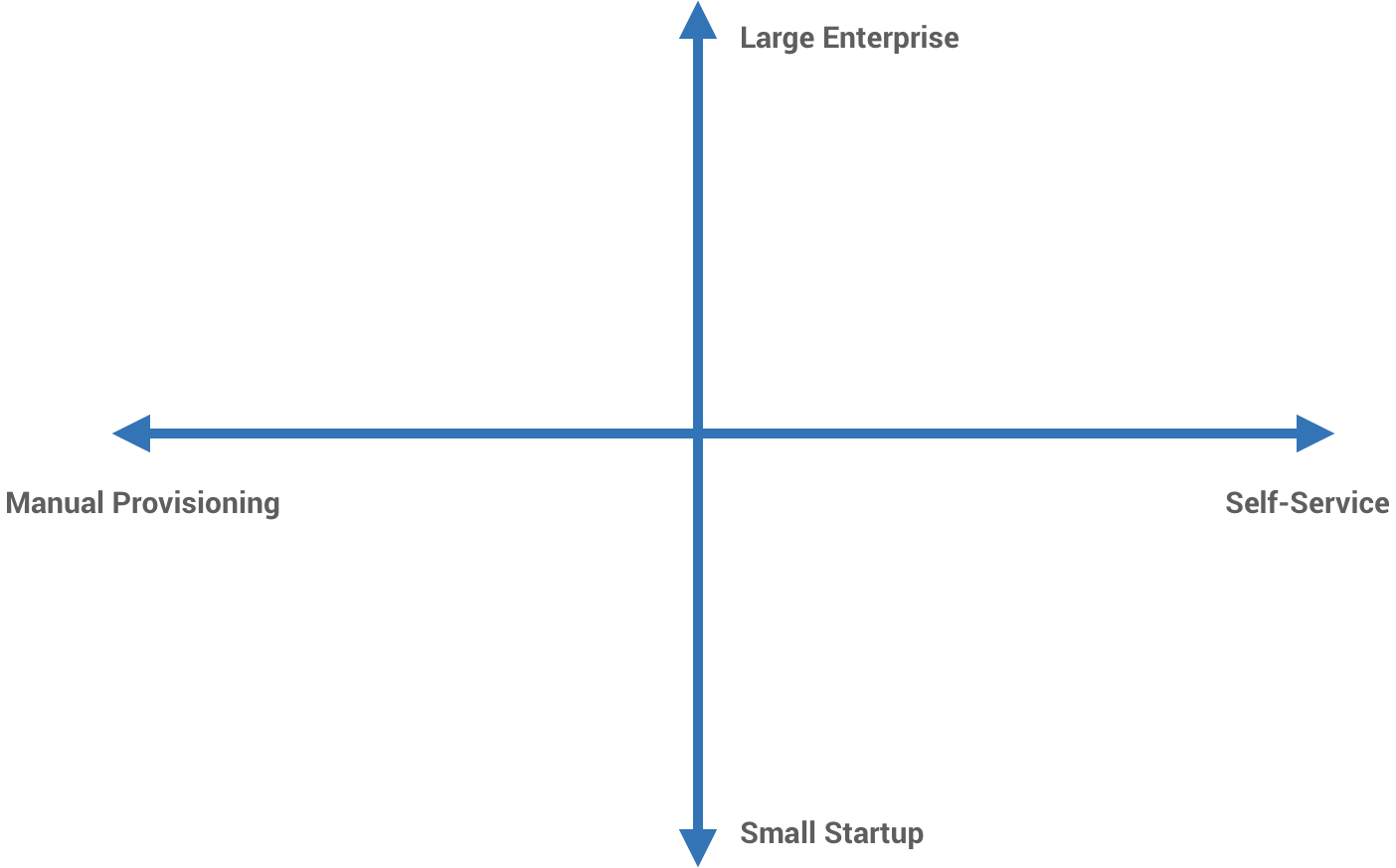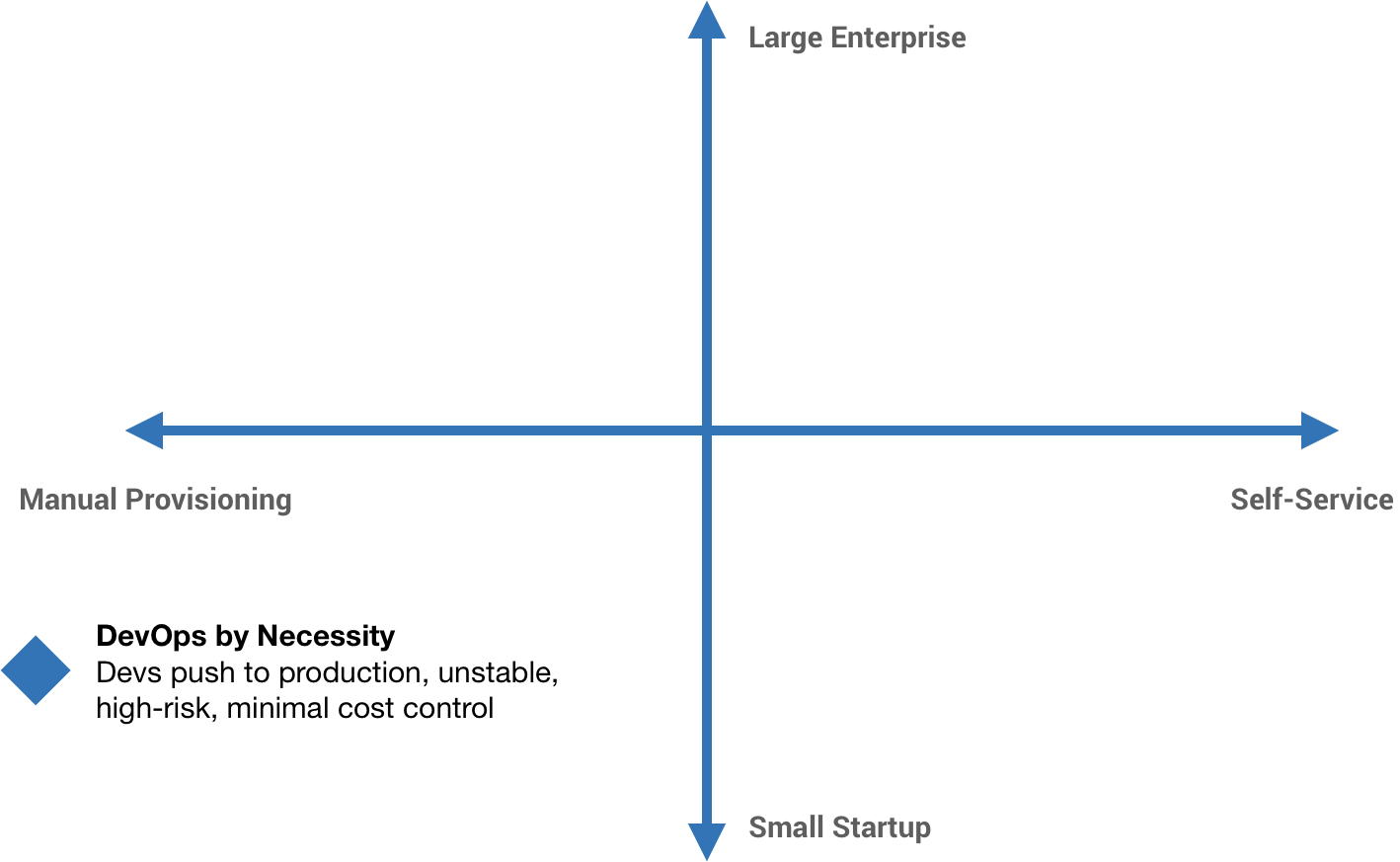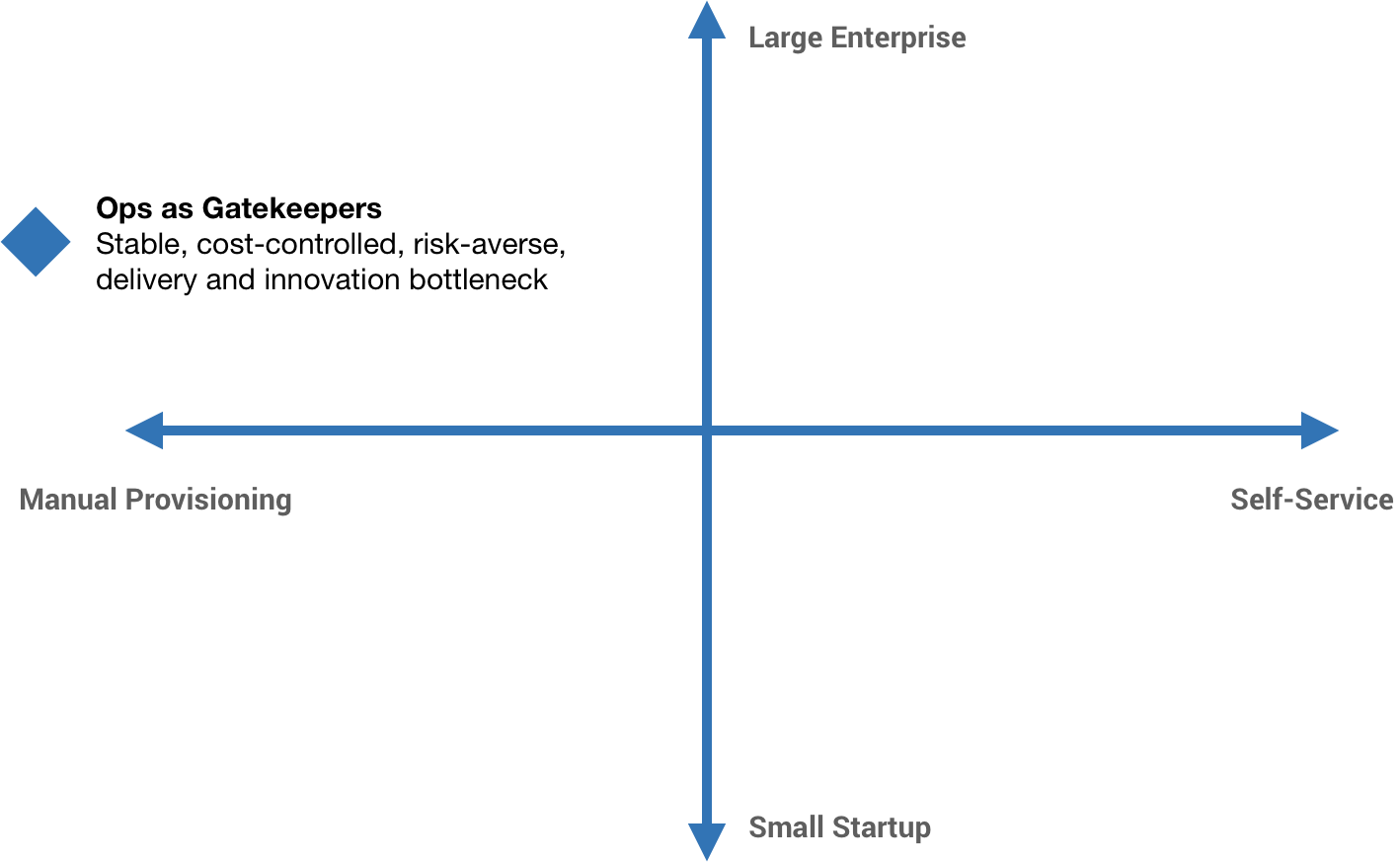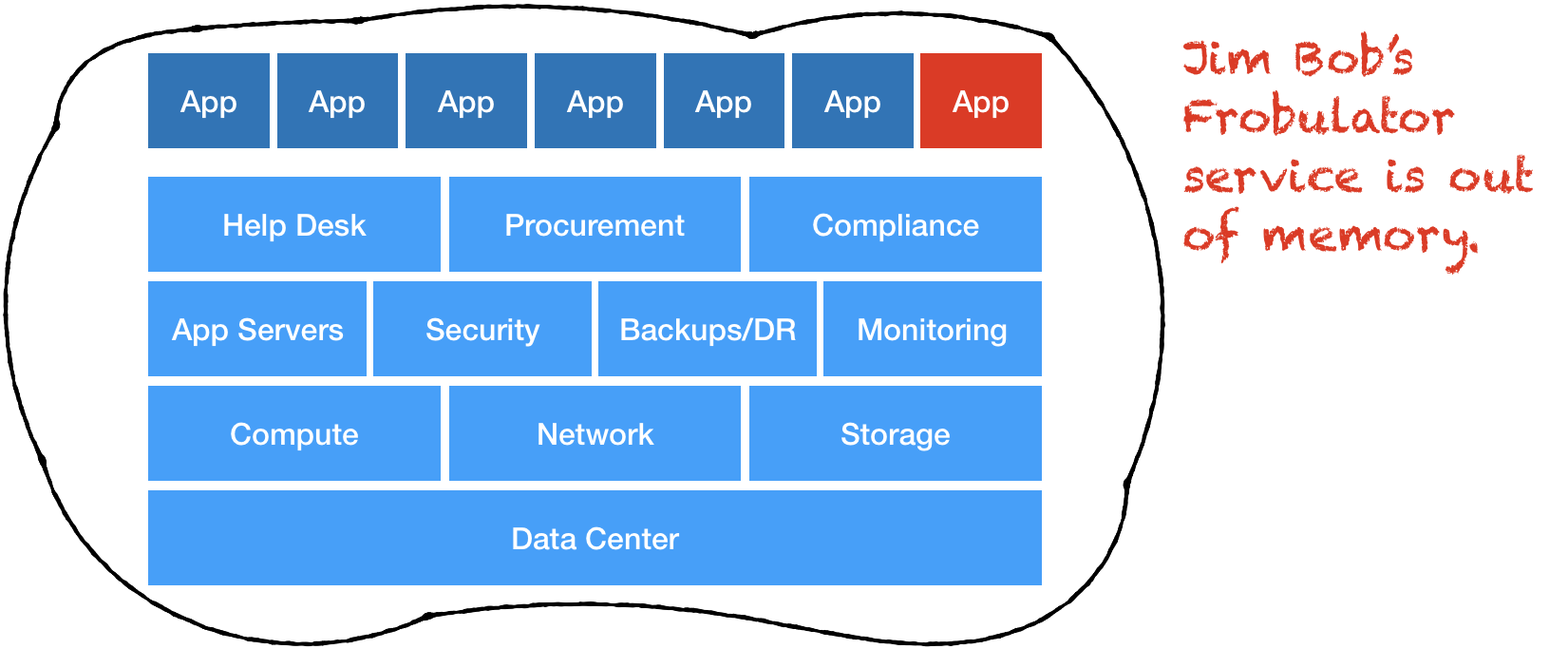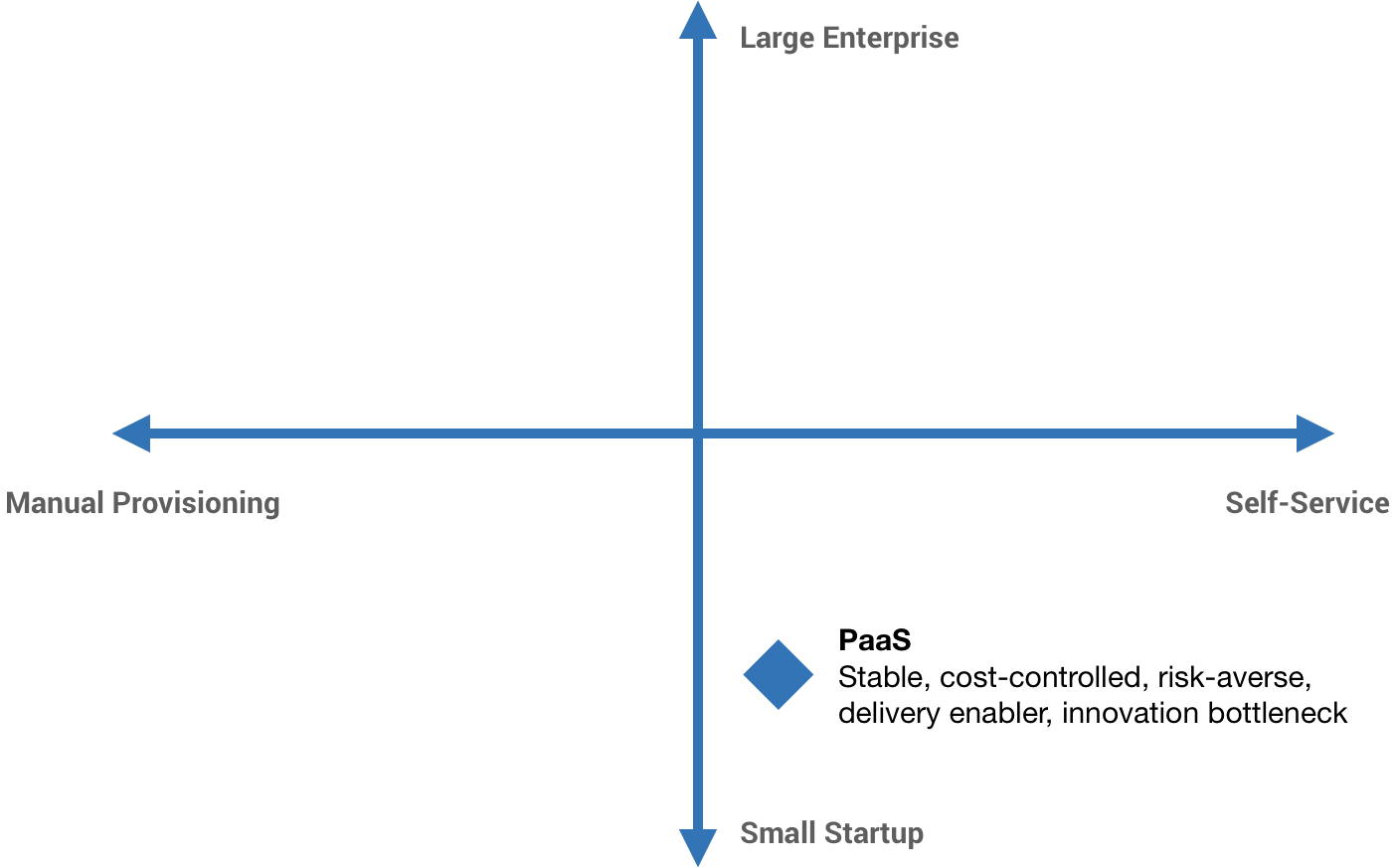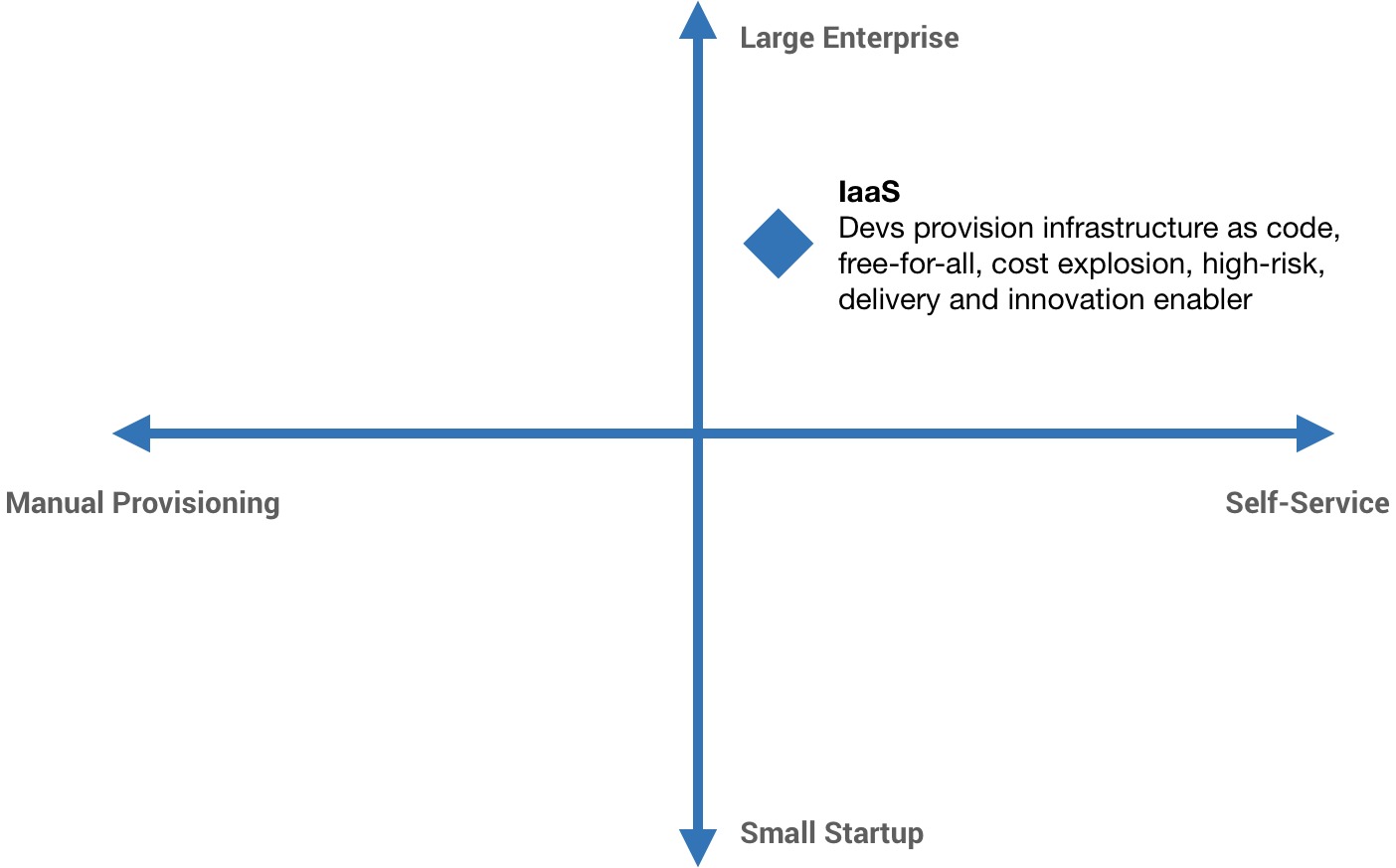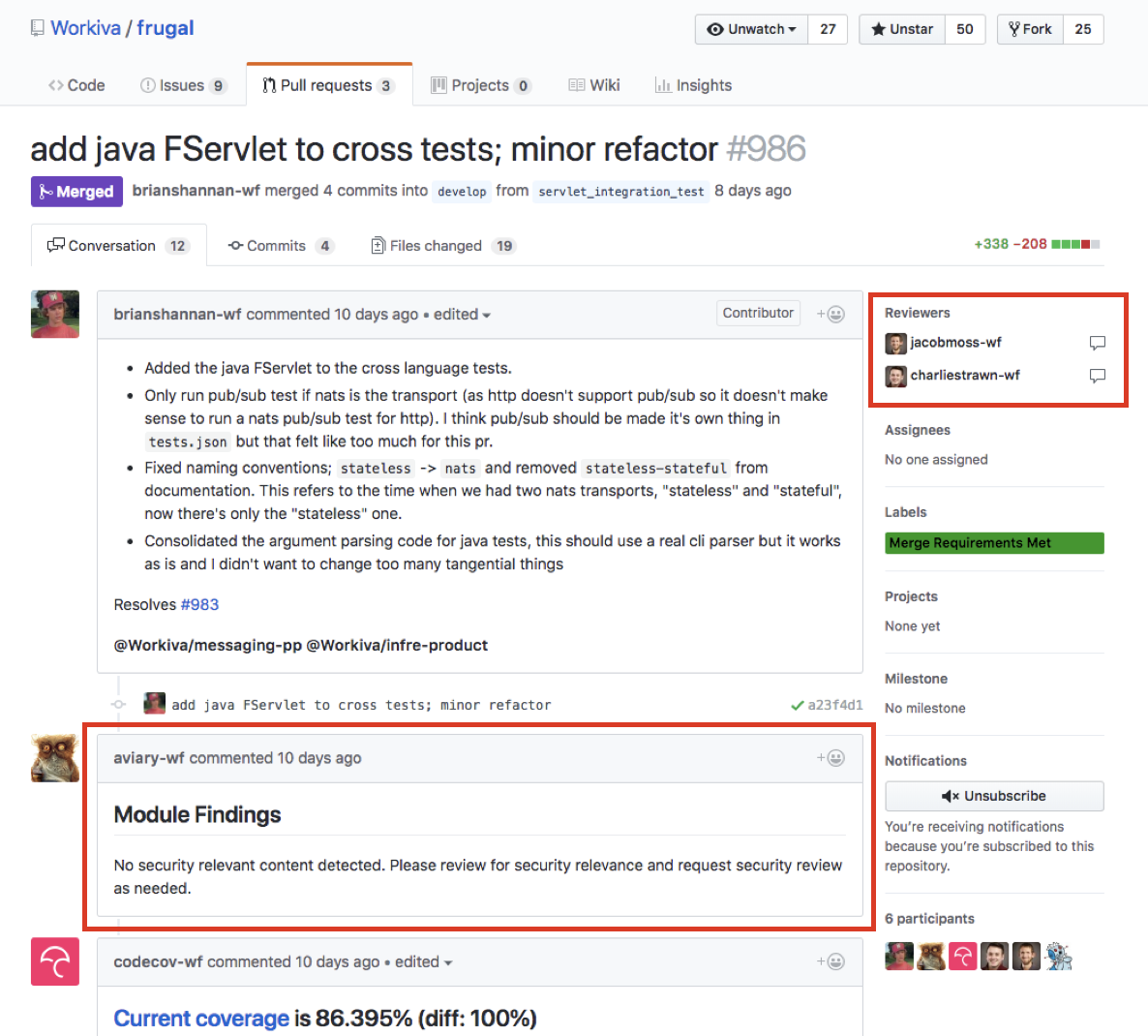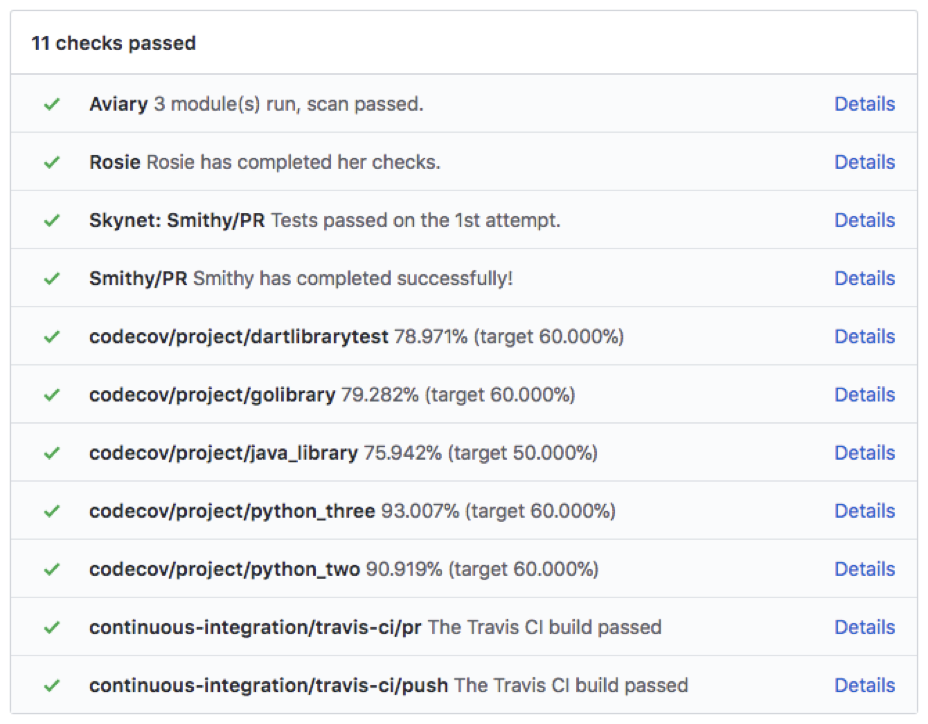AWS has long been leading the charge when it comes to public cloud providers. I believe this is largely attributed to Bezos’ mandate of “APIs everywhere” in the early days of Amazon, which in turn allowed them to be one of the first major players in the space. Google, on the other hand, has a very different DNA. In contrast to Amazon’s laser-focused product mindset, their approach to cloud has broadly been to spin out services based on internal systems backing Google’s core business. When put in the context of the very different leadership styles and cultures of the two companies, this actually starts to make a lot of sense. But which approach is better, and what does this mean for those trying to settle on a cloud provider?
I think GCP gets a bad rap for three reasons: historically, their support has been pretty terrible, there’s the massive gap in offerings between GCP and AWS, and Google tends to be very opaque with its product roadmaps and commitments. It is nearly impossible now to keep track of all the services AWS offers (which seems to continue to grow at a staggering rate), while GCP’s list of services remains fairly modest in comparison. Naively, it would seem AWS is the obvious “better” choice purely due to the number of services. Of course, there’s much more to the story. This article is less of a comparison of the two cloud providers (for that, there is a plethora of analyses) and more of a look at their differing philosophies and legacies.
Philosophies
AWS and GCP are working toward the same goal from completely opposite ends. AWS is the ops engineer’s cloud. It provides all of the low-level primitives ops folks love like network management, granular identity and access management (IAM), load balancers, placement groups for controlling how instances are placed on underlying hardware, and so forth. You need an ops team just to manage all of these things. It’s not entirely different from a traditional on-prem build-out, just in someone else’s data center. This is why ops folks tend to gravitate toward AWS—it’s familiar and provides the control and flexibility they like.
GCP is approaching it from the angle of providing the best managed services of any cloud. It is the software engineer’s cloud. In many cases, you don’t need a traditional ops team, or at least very minimal staffing in that area. The trade-off is it’s more opinionated. This is apparent when you consider GCP was launched in 2008 with the release of Google App Engine. Other key GCP offerings (and acquisitions) bear this out further, such as Google Kubernetes Engine (GKE), Cloud Spanner, Firebase, and Stackdriver.
Platform
A client recently asked me why more companies aren’t using Heroku. I have nothing personal against Heroku, but the reality is I have not personally run into a company of any size using it. I’m sure they exist, but looking at the customer list on their website, it’s mostly small startups. For greenfield initiatives, larger enterprises are simply apprehensive to use it (and PaaS offerings in general). But I think GCP has a pretty compelling story for managed services with a nice spectrum of control from fully managed “NoOps” type services to straight VMs:
Firebase, Cloud Functions → App Engine → App Engine Flex → GKE → GCE
With a typical PaaS like Heroku, you start to lose that ability to “drop down” a level. Even if a company can get by with a fully managed PaaS, they feel more comfortable having the escape hatch, whether it’s justified or not. App Engine Flexible Environment helps with this by providing a container as a service solution, making it much easier to jump to GKE.
I read an article recently on the good, bad, and ugly of GCP. It does a nice job of telling the same story in a slightly different way. It shows the byzantine nature of the IAM model in AWS and GCP’s much simpler permissioning system. It describes the dozens of compute-instance types AWS has and the four GCP has (micro, standard, highmem, and highcpu—with the ability to combine whatever combination of CPU and memory that makes sense for your workload). It also touches on the differences in product philosophy. In particular, when GCP releases new services or features into general availability (GA), they are usually very high quality. In contrast, when AWS releases something, the quality and production-readiness varies greatly. The common saying is “Google’s Beta is like AWS’s GA.” The flipside is GCP’s services often stay in Beta for a very long time.
GCP also does a better job of integrating their different services together, providing a much smaller set of core primitives that are global and work well for many use cases. The article points out Cloud Pub/Sub as a good example. In AWS, you have SQS, SNS, Amazon MQ, Kinesis Data Streams, Kinesis Data Firehose, DynamoDB Streams, and the list seems to only grow over time. GCP has Pub/Sub. It’s flexible enough to fit many (but not all) of the same use cases. The downside of this is Google engineers tend to be pretty opinionated about how problems should be solved.
This difference in philosophy usually means AWS is shipping more services, faster. I think a big part of this is because there isn’t much of a cohesive “platform” story. AWS has lots of disparate pieces—building blocks—many of which are low-level components or more or less hosted versions of existing tech at varying degrees of ready come GA. This becomes apparent when you have to trudge through their hodgepodge of clunky service dashboards which often have a wildly different look and feel than the others. That’s not to say there aren’t integrations between products, it just feels less consistent than GCP. The other reason for this, I suspect, is Amazon’s pervasive service-oriented culture.
For example, AWS took ActiveMQ and stood it up as a managed service called Amazon MQ. This is something Google is unlikely to do. It’s just not in their DNA. It’s also one reason why they are so far behind. GCP tends to be more on the side of shipping homegrown services, but the tech is usually good and ready for primetime when it’s released. Often they spin out internal services by rewriting them for public consumption. This has made them much slower than AWS.
Part of Amazon’s problem, too, is that they are—in a sense—victims of their own success. They got a much earlier head start. The AWS platform launched in 2002 and made its public debut in 2004 with SQS, shortly followed by S3 and EC2. As a result, there’s more legacy and cruft that has built up over time. Google just started a lot later.
More recently, Google has become much more strategic about embracing open APIs. The obvious case is what it has done with Kubernetes—first by open sourcing it, then rallying the community around it, and finally making a massive strategic investment in GKE and the surrounding ecosystem with pieces like Istio. And it has paid off. GKE is, by far and away, the best managed Kubernetes experience currently available. Amazon, who historically has shied away from open APIs (Google has too), had their hand forced, finally making Elastic Container Service for Kubernetes (EKS) generally available last month—probably a bit prematurely. For a long time, Amazon held firm on ECS as the way to run container workloads in AWS. The community spoke, however, and Amazon reluctantly gave in. Other lower-profile cases of Google embracing open APIs include Cloud Dataflow (Apache Beam) and Cloud ML (TensorFlow). As an aside, machine learning and data is another area GCP is leading the charge with its ML and other services like BigQuery, which is arguably a better product than Amazon Redshift.
There are some other implications with the respective approaches of GCP and AWS, one of which is compliance. AWS usually hits certifications faster, but it’s typically on a region-by-region basis. There’s also GovCloud for FedRAMP, which is an entirely separate region. GCP usually takes longer on compliance, but when it happens, it certifies everything. On the same note, services and features in AWS are usually rolled out by region, which often precludes organizations from taking advantage of them immediately. In GCP, resources are usually global, and the console shows things for the entire cloud project. In AWS, the console UIs are usually regional or zonal.
Billing and Support
For a long time, billing has been a rough spot for GCP. They basically gave you a monthly toy spreadsheet with your spend, which was nearly useless for larger operations. There also was not a good way to forecast spend and track it throughout the month. You could only alert on actual spend and not estimated usage. The situation has improved a bit more recently with better reporting, integration with Data Studio, and the recently announced forecasting feature, but it’s still not on par with AWS’s built-in dashboarding. That said, AWS’s billing is so complicated and difficult to manage, there is a small cottage industry just around managing your AWS bill.
Related to billing, GCP has a simpler pricing model. With AWS, you can purchase Reserved Instances to reduce compute spend, which effectively allows you to rent VMs upfront at a considerable discount. This can be really nice if you have stable and predictable workloads. GCP offers sustained use discounts, which are automatic discounts that get applied when running GCE instances for a significant portion of the billing month. If you run a standard instance for more than 25% of a month, Google automatically discounts your bill. The discount increases when you run for a larger portion of the month. They also do what they call inferred instances, which is bin-packing partial instance usage into a single instance to prevent you from losing your discount if you replace instances. Still, GCP has a direct answer to Amazon’s Reserved Instances called committed use discounts. This allows you to purchase a specific amount of vCPUs and memory for a discount in return for committing to a usage term of one or three years. Committed use discounts are automatically applied to the instances you run, and sustained use discounts are applied to anything on top of that.
Support has still been a touchy point for GCP, though they are working to improve it. In my experience, Google has become more committed to helping customers of all sizes be successful on GCP, primarily because AWS has eaten their lunch for a long time. They are much more willing to assign named account reps to customers regardless of size, while AWS won’t give you the time of day if you’re a smaller shop. Their Customer Reliability Engineering program is also one example of how they are trying to differentiate in the support area.
Outcomes
Something interesting that was pointed out to me by a friend and former AWS engineer was that, while GCP and AWS are converging on the same point from opposite ends, they also have completely opposite organizational structures and practices.
This point is interesting because both internal structures are completely the opposite. Google has SREs but AWS it still falls on the engineers
— Josh Davis (@jldavis) July 13, 2018
Google relies heavily on SREs and service error budgets for operations and support. SREs will manage the operations of a service, but if it exceeds its error budget too frequently, the pager gets handed back to the engineering team. Amazon support falls more on the engineers. This org structure likely influences the way Google and Amazon approach their services, i.e. Conway’s Law. AWS does less to separate development from operations and, as a result, the systems reflect that.
Yeah, the curse of knowledge remix: organizations which design systems … are constrained to produce designs that are useable by the kinds of people who are successful in these organizations.
— David Murray (@fernomac) July 13, 2018
Suffice to say, there are compelling reasons to go with both AWS and GCP. Sufficiently large organizations will likely end up building out on both. You can use either provider to build the same thing, but how you get there depends heavily on the kinds of teams and skill sets your organization has, what your goals are operationally, and other nuances like compliance and workload shapes. If you have significant ops investment, AWS might be a better fit. If you have lots of software engineers, GCP might be. Pricing is often a point of discussion as well, but the truth is you will end up spending more in some areas and less in others. Moreover, all providers are essentially in a race to the bottom anyway as they commoditize more and more. Where it becomes interesting is how they differentiate with value-added services. This is where “multi-cloud” becomes truly meaningful.
Real Kinetic has extensive experience leveraging both AWS and GCP. Learn more about working with us.
Follow @tyler_treat